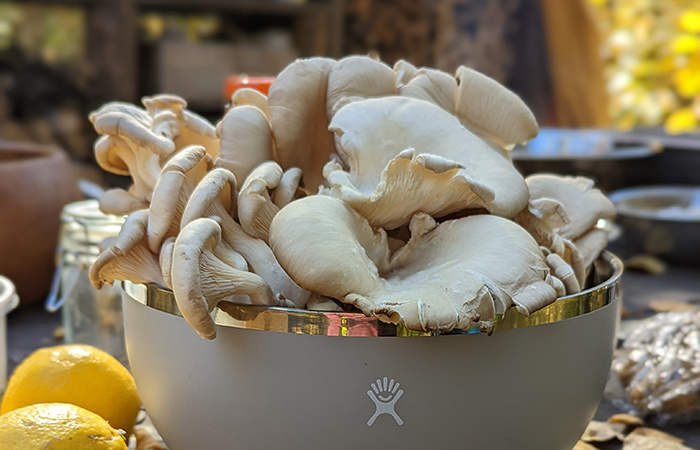Foraging in Ontario and Backcountry Cooking Tips
Resourcefulness and sustainability are all areas we can improve in. If nothing else, knowledge can give us a better appreciation for the food we eat.
Sustainable Harvesting
A general rule is to collect only 5% of any individual patch of a given species. Following this guideline helps ensure that the plants are able to reproduce. Improper harvesting techniques or overharvesting can have a significant impact on the ability of a species to reproduce.
ONLY take what you can use and use what you take.
Mushrooms are more plentiful than some plants, as they are part of a much larger organism that will produce more. But, it is still good to leave a bit behind for birds, deer and other wildlife to snack on.
Ideas on how to integrate some popular foraged foods into your meal prep.
Chaga
Typically grows on yellow and white birch trees; it has a black charcoal outside and a golden colour on the inside. A hot chaga tea has a woody and earthy taste.

Spruce and Pine
Both of these are commonly used to make tea year-round. Make use of it all. Use small quantities in salads. You can candy spruce tips to cut down on the bitter taste or infuse it into water where you can make a custard or a caramel with the water for added taste. You can even mince it down to create a flavoured salt.
Paper Birch
There should be no waste in nature. You can carry bits of leftover Birch Bark for kindling.
Dandelion Buds
Dandelions will become bitter after they have produced flowers, but if you pick them while they are small buds in early spring, they are perfect for capers. Great for a pasta dish.
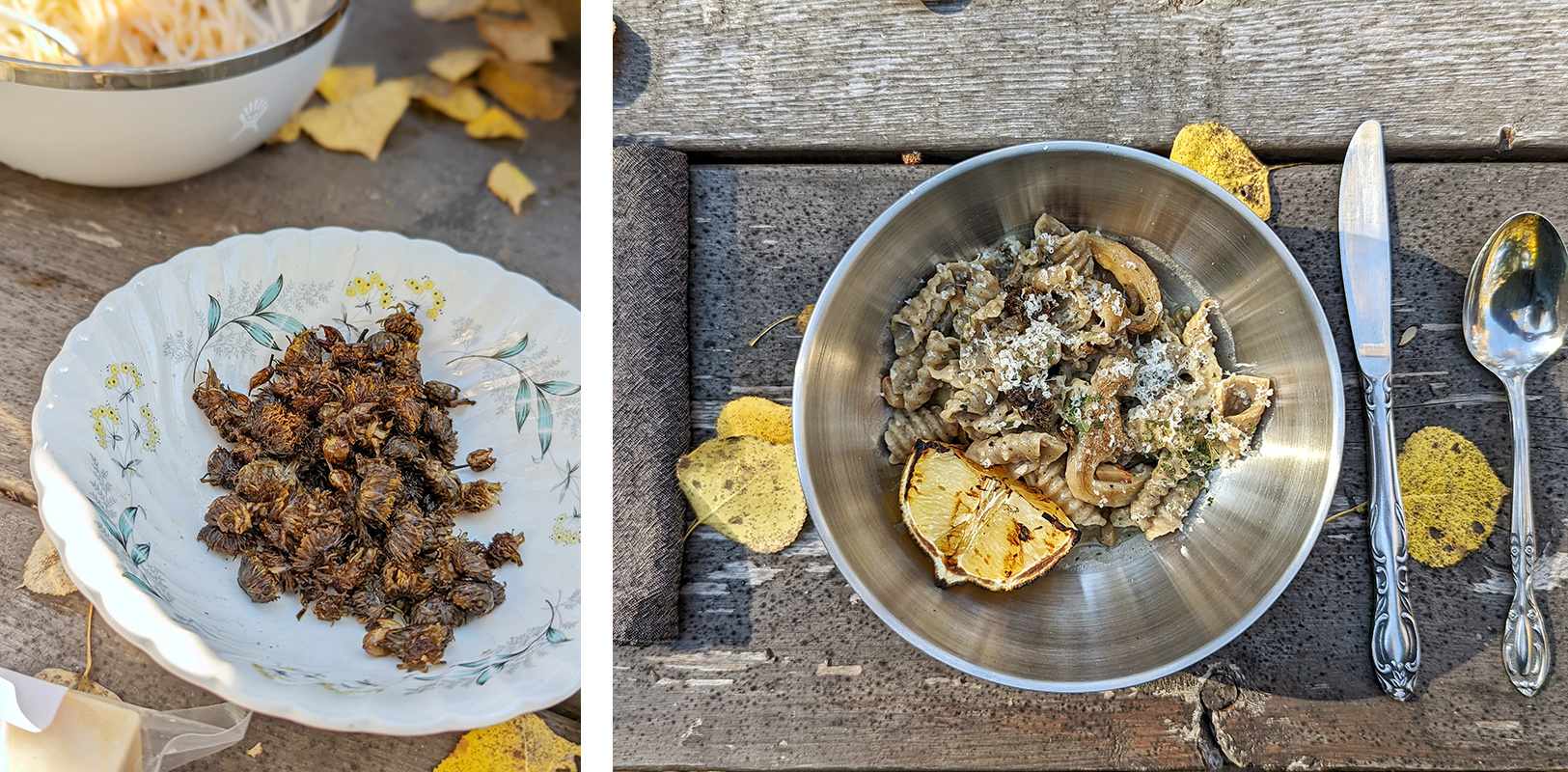
Field Horsetail
You would pick these in early spring while they are still young fertile shoots and look like a white asparagus. It is mainly used in the form of tea.
Ostrich Fern – Fiddleheads
They are said to taste a bit nutty and similar to asparagus.
Boil them and fry them with oil, garlic, salt and pepper. They contain vitamin C, potassium, and niacin.
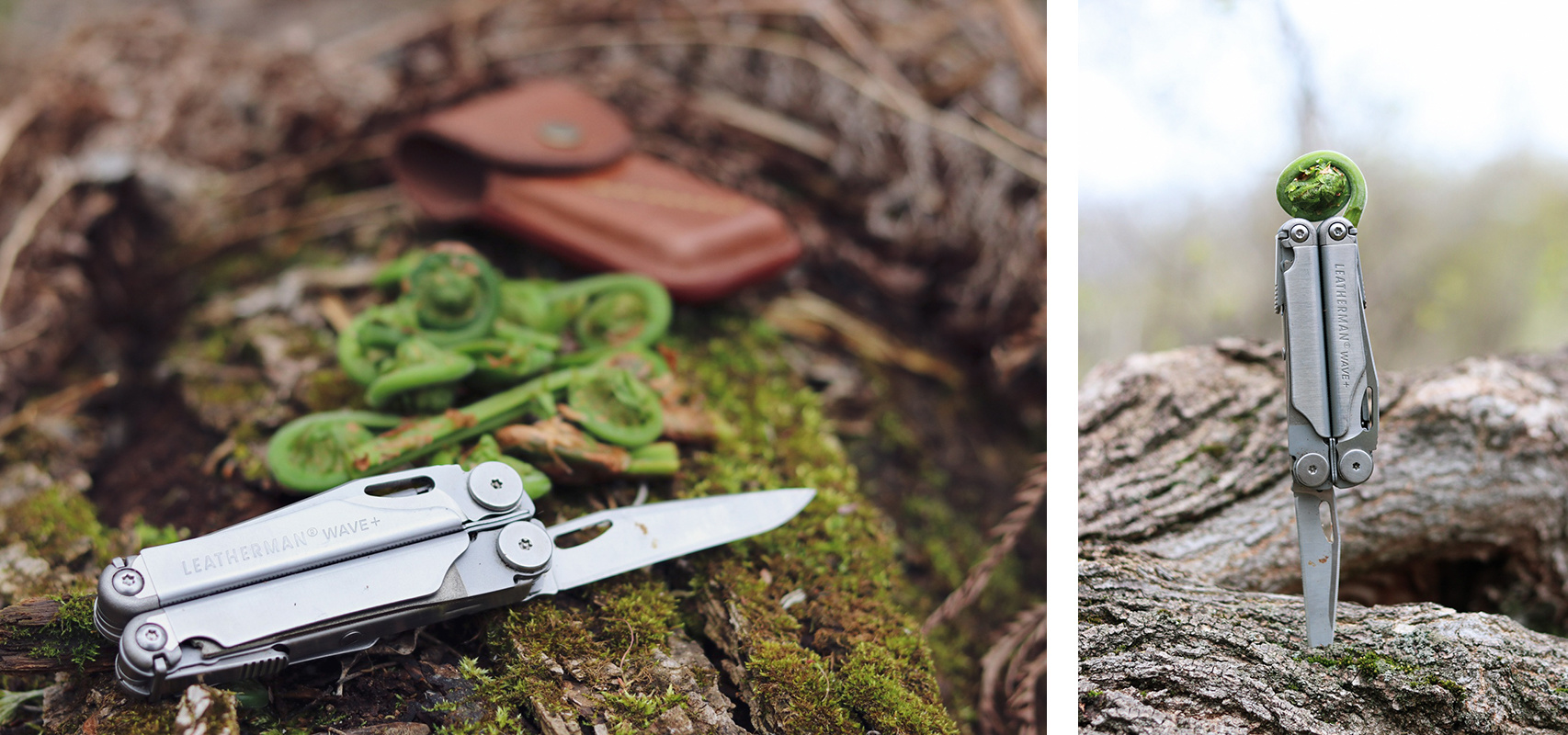
Chanterelle
They have a peppery flavour, and are great sauteed in butter or a cream sauce. They are a good source of protein, dietary fibre, vitamin D, iron and copper.
Morel
Pairs great with red meats and makes a great addition to a gravy. They are packed with iron, potassium, calcium and Vitamin D. One thing to note here – is that they are toxic unless COOKED WELL.
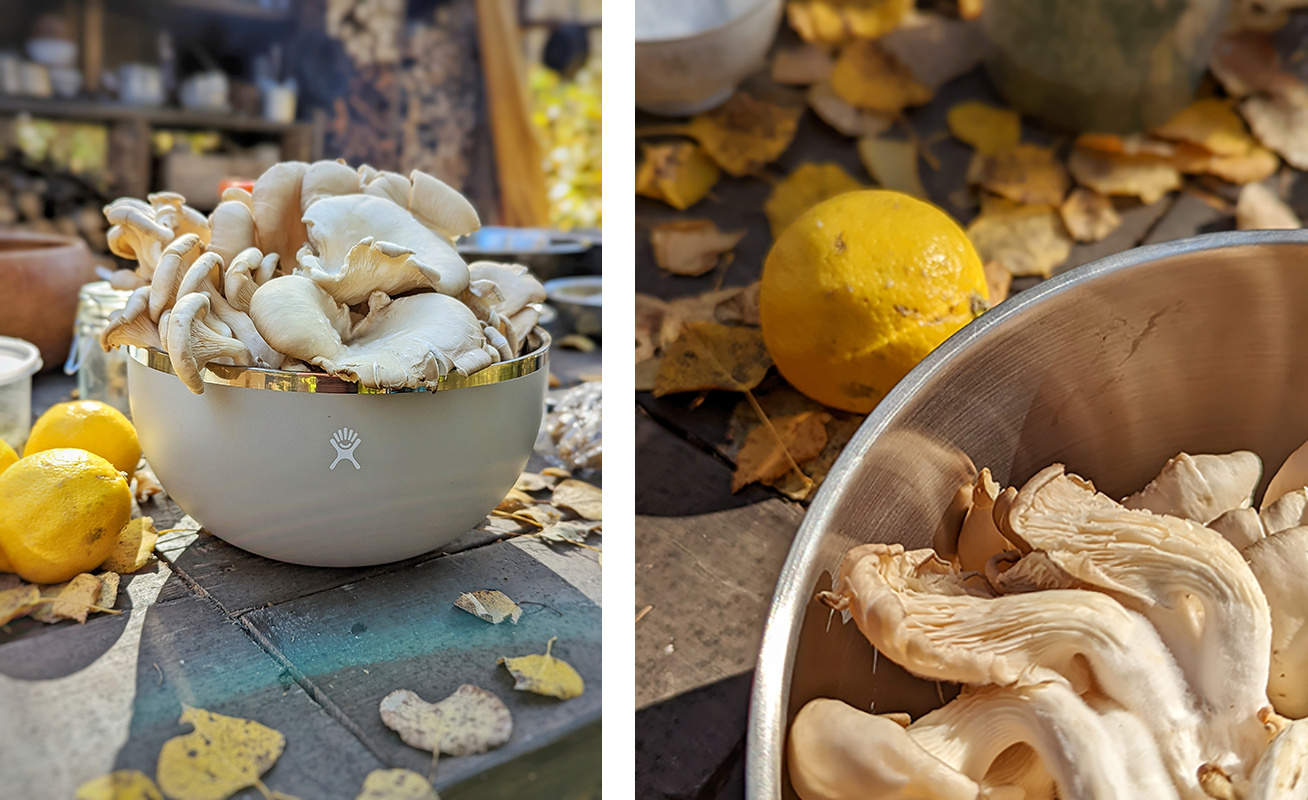
Oyster Mushrooms
Oyster mushrooms tend to have a subtle, licorice flavour. The flavour is mild so they work well in a range of different dishes where the meaty texture is wanted.
How to add flavour to a field kitchen meal when you need to pack light
Add herbs or other flavours into a butter, so that all you need to pack is a jar of butter. Make it a head of time and freeze it. Then use it on meat, or in the pan when cooking vegetables, or added into a cream sauce. The possibilities are endless.
Instead of bringing the whole spice rack, get something like the GSI Spice Missile, to take a variety of spices; something salty, something spicy, and something herbaceous.
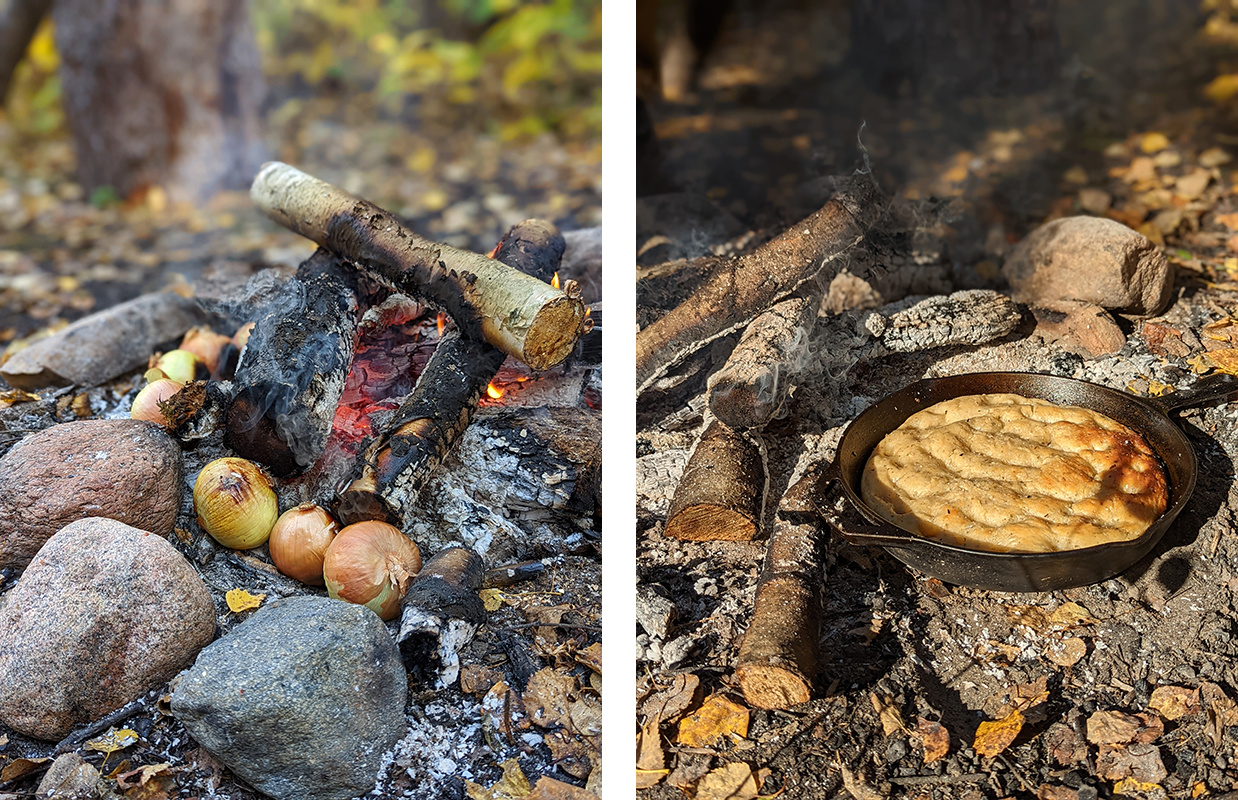
Don’t hesitate to put food right on the campfire and off to the side to make use of the heat off the hot coals. After a couple hours, these onions pictured were so flavourful – almost like candy.
Foraging Tips
- Vary your terrain. Some plants need wetlands. Just make sure you are wearing waterproof boots.
(Pictured below: KEEN Women's Targhee III Waterproof Mid Boot)

- Dress for the weather and the bugs. Blackflies, mosquitos, ticks, deer flies and horse flies can be the bane of a forager’s existence, so it’s best to be prepared. Long sleeves and pants will keep off most bugs. Tucking your pants into boots or socks will help prevent ticks from working their way up your legs. Always check yourself when you get back home for the wayward tick. For extra precautions – you can always use Tick and Insect Repellent or even mosquito netting if the bugs are unbearable.
- Be sure you know what you are harvesting and ONLY eat plants you can positively identify as edible. When in doubt, do NOT harvest. Be sure to cook any mushroom you forage.
- Foraging is NOT permitted in provincial parks so do your research before you hit the trails.
- Avoid foraging in areas where there may have been pesticide use.
Commonly asked questions:
Why are these foraged items not found in grocery stores?
Mainly because they are not suited to be grown commercially. Whether that is due to low yields, length of time to grow, or ship poorly. You can find a few of these at farmer’s markets though, so keep you eyes open.
When is the best time of year for foraging mushrooms?
The best time for mushrooms is Autumn. Without getting into the science of it all, cool nights act as a trigger and everywhere from the forest to your lawn will start sprouting mushrooms.
Learn more about foraging in Ontario:
https://onnaturemagazine.com/northern-forest-foraging-guide-2.html
https://savourontario.milk.org/Taste-Ontario/Edible-Ontario-%E2%80%A8Foraging-for-wild-ingredients
https://www.wildfoods.ca/blogs/main/beginners-guide-to-foraging-and-better-harvesting-methods
https://northernbushcraft.com/guide.php?ctgy=edible_plants®ion=on
https://woodlandwoman.ca/10-foods-you-can-forage-this-spring/
PLEASE NOTE:
This blog is not meant as an identification tool so please do not use it as such.

